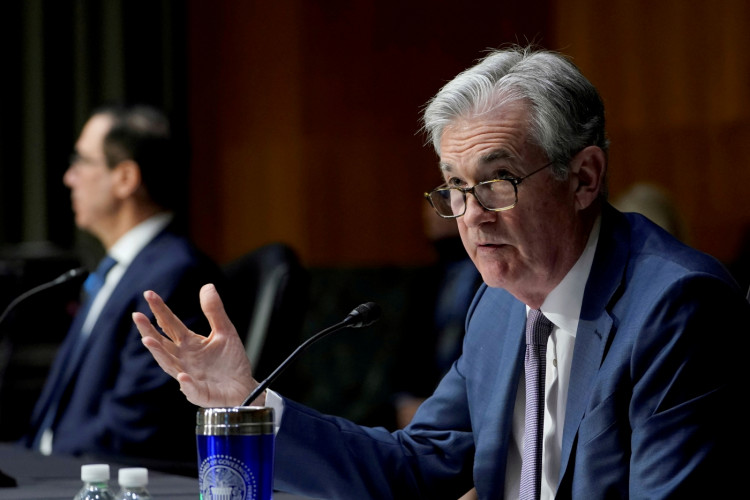The Federal Reserve raised its key short-term interest rate by a quarter percentage point on Wednesday, striving to curb inflation despite recent turbulence in the banking sector following Silicon Valley Bank's collapse.
This marks the ninth hike since March 2022, raising the federal funds rate to a range of 4.75% to 5%. Officials forecast another quarter point in rate increases this year, reaching a peak range of 5% to 5.25%, in line with December estimates.
The Fed acknowledged recent strains in the nation's banks and the potential impact on economic activity, hiring, and inflation but emphasized that the US banking system remains stable.
The Federal Open Market Committee (FOMC) statement said, "The U.S. banking system is sound and resilient. Recent developments are likely to result in tighter credit conditions for households and businesses and to weigh on economic activity, hiring, and inflation. The extent of these effects is uncertain."
The FOMC's post-meeting statement indicated that additional policy tightening may be necessary to lower inflation to the Fed's 2% target, signaling the nearing end of the hiking cycle. This is a departure from previous statements suggesting "ongoing increases" would be required to combat inflation.
Economic projections released along with the rate decision showed a slight increase in inflation expectations for 2023, with a 3.3% rate compared to the 3.1% estimate in December. The unemployment rate estimate was reduced to 4.5%, while GDP growth for the year was lowered to 0.4%. Projections for 2024 showed a decrease in GDP growth, from 1.6% in December to 1.2%.
Fed Chair Jerome Powell had previously hinted at a more aggressive approach to combat inflation. However, the recent banking crisis, including the collapse of Silicon Valley Bank and Signature Bank, as well as capital issues at Credit Suisse and First Republic, has complicated the decision-making process. These events have raised concerns about the stability of the industry, particularly among smaller institutions facing liquidity issues due to rapidly rising interest rates.
Although the banking sector's turmoil and uncertainty around monetary policy persist, markets have remained steady. The Dow Jones Industrial Average has increased by around 2% over the past week, while the 10-year Treasury yield has risen about 20 basis points during the same period.
Despite the rate hike, concerns of a possible recession continue to loom. The New York Fed's recession indicator estimates a 55% chance of contraction in the next 12 months. However, the Atlanta Fed's GDP tracker forecasts first-quarter growth at 3.2%. Meanwhile, consumer spending remains strong, with credit card usage on the rise, and unemployment at 3.6%.






